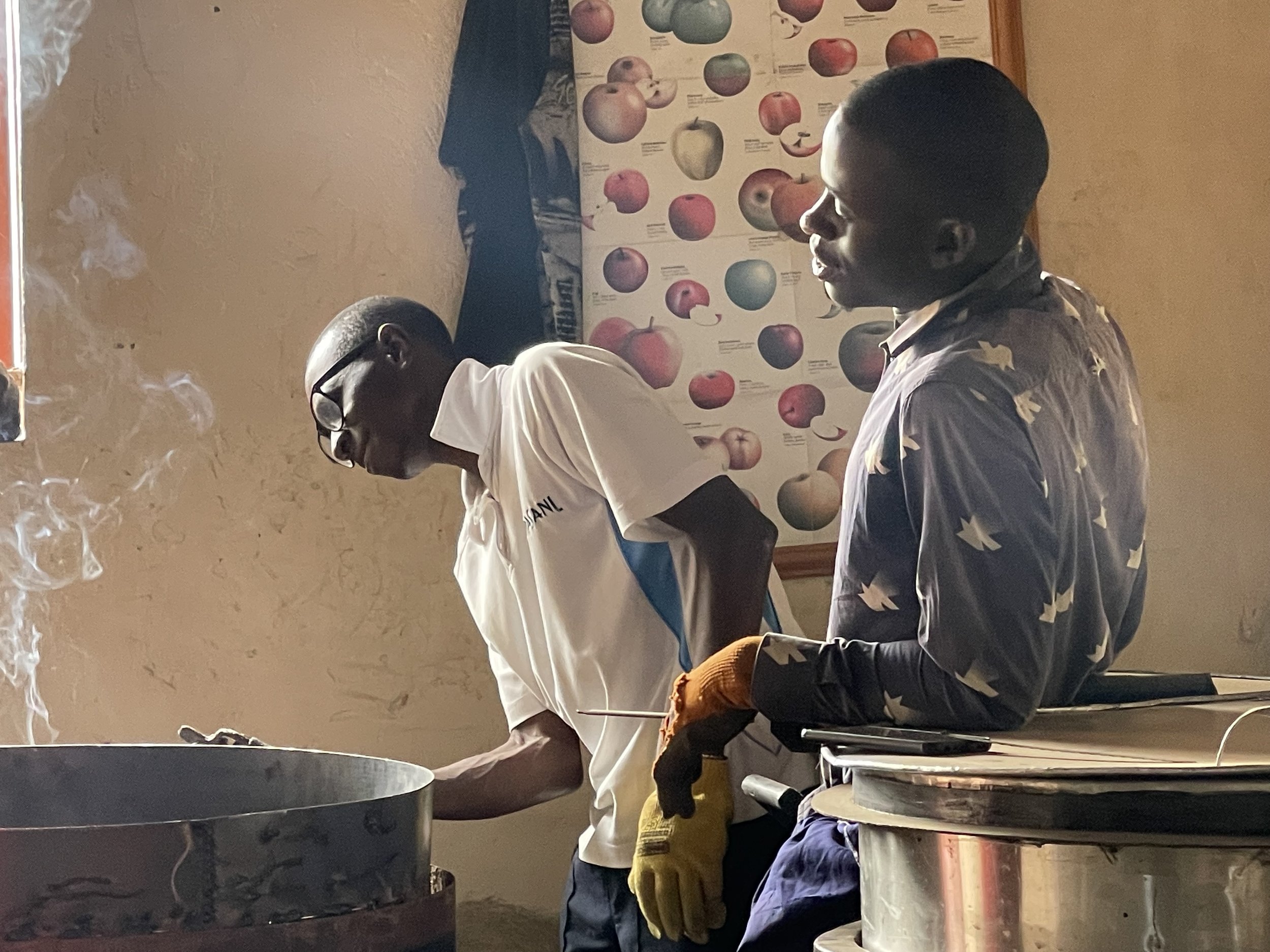During our last verification for carbon credits, which was the third since the Project Activity was registered back in 2017, we issued 1,647 Gold Standard verified emission reductions (VERs). This was a smaller amount when compared to our first issuance back in 2019 of 8,457 GS CERs, because the Covid-19 pandemic saw schools in Uganda closed for almost 2 years - which meant cooking activities stopped, hence no emission reductions happened.
Nevertheless, we still managed to issue for the few months schools were allowed to open since March 2020 when restrictions started to be imposed on the population.
And those 1,647 carbon credits that were available for sale on the Gold Standard Marketplace, have now been sold out! As you have read from our previous posts, we are right now busy working on our fourth verification, and expect over 10,000 VERs by the end of March this year - just less than two months away. So please stay tuned as we continue to handhold the schools with their cooking transitions.










































